“People fell like small stones thrown by some hands. I don’t know when I was shot but I regained consciousness at night at the ravine. There were dead bodies all around. Streams of blood were flowing on all sides. I was only wounded and started to climb from under the pile of bodies which surrounded me on all sides. Soon I got out and started to crawl, not known where to go…”
– A survivor of the massacre at Babyn Yar in which 34,000 Jews were murdered in the Ukrainian capital Kiev in the space of two days.
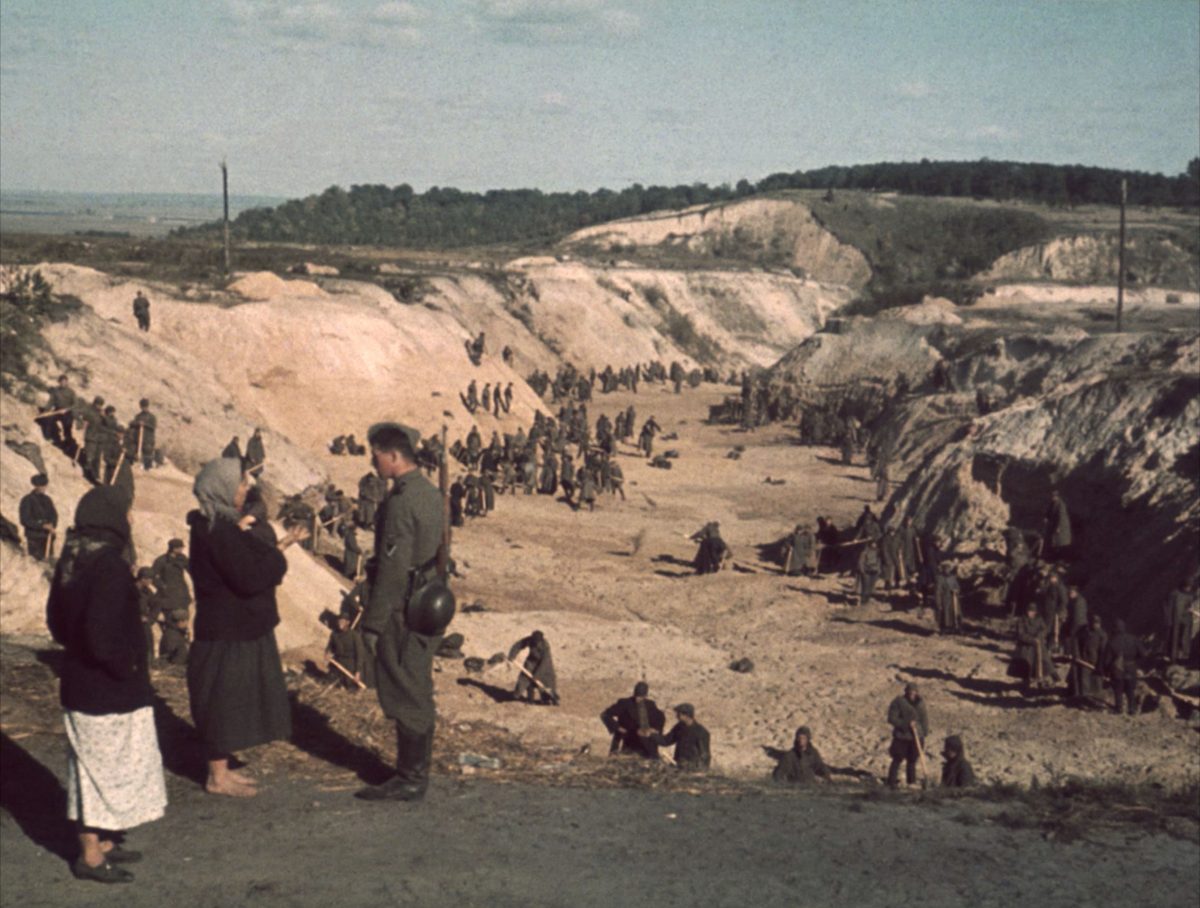
There’s a new apartment block on the site of Babyn Yar (‘Grandmother’s Ravine’, also known as Babi Yar), a still largely green space in Kiev, Ukraine. There’s no memorial on the spot where 34,000 Jews were murdered in cold blood by the Nazis and their Ukrainian allies in 1941, when the country was part of the Soviet Union. The Jews were forced into the ravine, made to lie face down and shot. When the massacre were over, prisoners were ordered to cover the bodies with earth. You can see them at work in the photo above, about which more later.
Around 70,000 Romanis, Ukrainian nationalists, and Soviet prisoners of war were also murdered at Babyn Yar. Killing operations were halted in 1943, when Berlin ordered that all mass execution sites be excavated so the corpses could be destroyed, their bodies bunt and often used to fertilise fields.
Mass murder was carried out wherever the Nazis went in Eastern Europe. Around two and half million Jews were murdered by bullets, killed and buried in their home villages. Not every Jew was made a slave and a number in the death camps.
The decision to kill all the remaining Jews in Kiev after 100,000 fled the advancing German army was enforced by three German occupiers: military governor Kurt Eberhard, Friedrich Jeckeln and Otto Rasch. All three were captured by the Allies, but only Jeckeln was executed for his crimes. Kurt Eberhard committed suicide while awaiting trial. Rasch died of natural causes in prison.
Shall we talk of Heaven and Hell now? Tempting to wish the worst of all things imaginable on these depraved criminals and their thousands of willing lickspittles. Many of the killers had wives and children back in Germany. These ordinary people obeying orders were human. What they lacked is perhaps best touched upon by Viktor Frankl (March 26, 1905–September 2, 1997), a survivor of the Auschwitz death camp:
Everything depends on the individual human being, regardless of how small a number of like-minded people there is, and everything depends on each person, through action and not mere words, creatively making the meaning of life a reality in his or her own being.
Albert Camus’ observation, in The Rebel, that “tyrants conduct monologues above a million solitudes” is no less apt. One thing both agree on is that good literature saves lives; the bad stuff, like the infamous antisemitic forgery The Protocols of Zion, reduces us all.
Let’s instead show and not tell. To never forget, we must stick to the facts.
In 1941, on September 29 and 30, on the edge of Kiev, in and near the ravine called Babyn Yar, 33,771 Jews were murdered.
On 26 September 1941 the following order was posted throughout the city:
All Yids of the city of Kiev and its vicinity must appear on Monday, September 29, by 8 o’clock in the morning at the corner of Mel’nikova and Dokterivskaya streets (near the Viis’kove cemetery). Bring documents, money and valuables, and also warm clothing, linen, etc. Any Yids who do not follow this order and are found elsewhere will be shot. Any civilians who enter the dwellings left by Yids and appropriate the things in them will be shot.
The Soviets wanted everyone to be equal, which meant that everyone had to have suffered the same in the war. Jewish tragedy must not be made special. For the sake of Soviet unity, talk of Babyn Yar was taboo. Babyn Yar was erased, the ravines and hills flattened. Amnesia sets in. That’s when the doubters disbelieve the stories and bigots connive to make liars of the dead.
But truth will out. People remember.
Nazi military photographer Johannes Hähle (15 February 1906 – 10 June 1944) took some photos in October 1941, right after the main massacre. Intended as propaganda, the Nazi’s pictures now bear witness, just as Nazi Wilhelm Hansen’s photographs the Jewish population of Kutno, Poland, being forced to their deaths show us what happened.
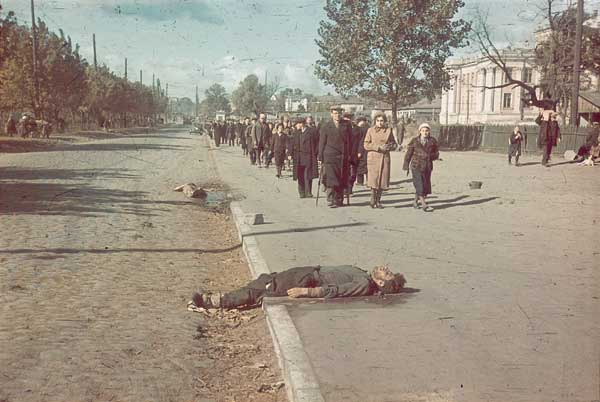
In Ukraine, a Nazi war crimes expert has used 3D simulation and aerial photography to locate the ravine where so many were murdered. The Babyn Yar Holocaust Memorial Center is planned for 2026.
Others are documenting the myriad villages where millions of Jews were murdered and buried. It’s proof, says one investigator. It’s evidence of the depravity of man. It will give us something to grab hold to when we vow to never forget. Never again.
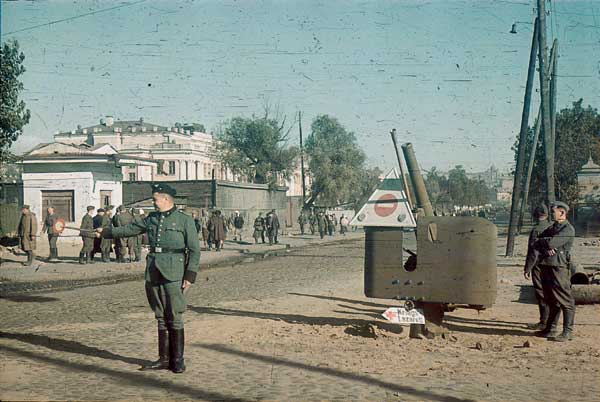
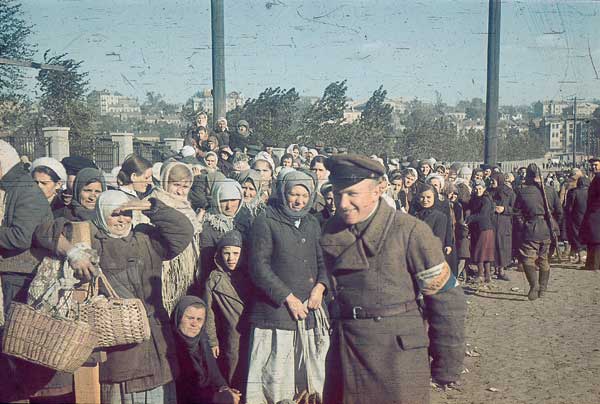
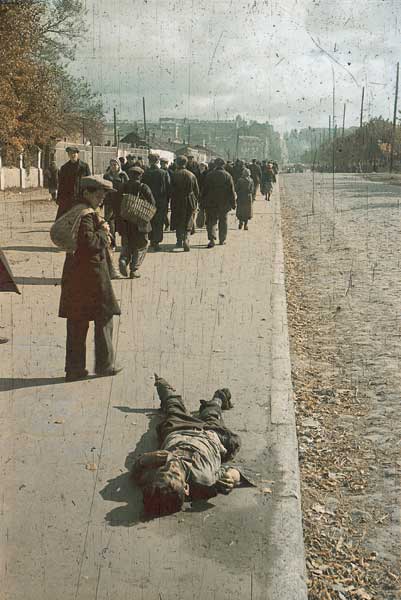
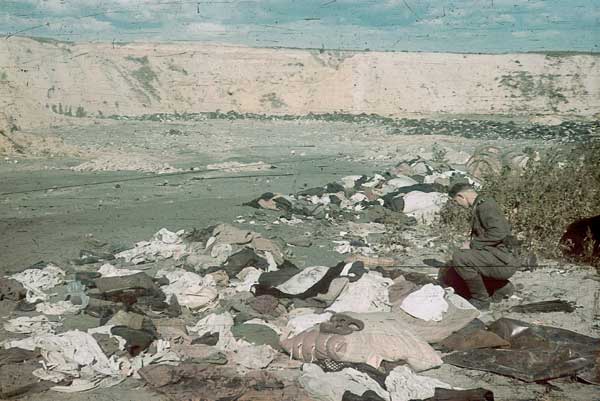
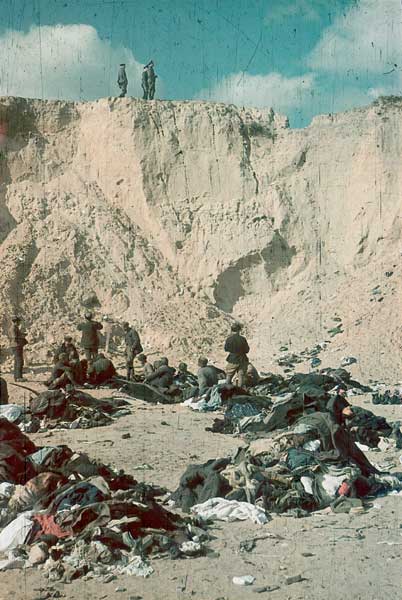

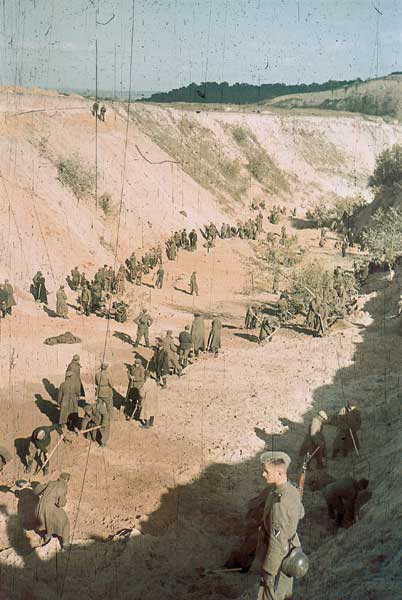
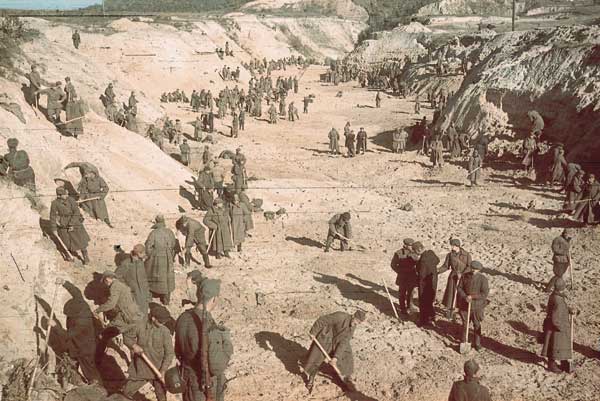

Photographs matter. If you need one to stir the soul, you can see it in The True Story of The Holocaust Train Rescued From The Heart of Darkness – Friday, April 13th, 1945.
Would you like to support Flashbak?
Please consider making a donation to our site. We don't want to rely on ads to bring you the best of visual culture. You can also support us by signing up to our Mailing List. And you can also follow us on Facebook, Instagram and Twitter. For great art and culture delivered to your door, visit our shop.

